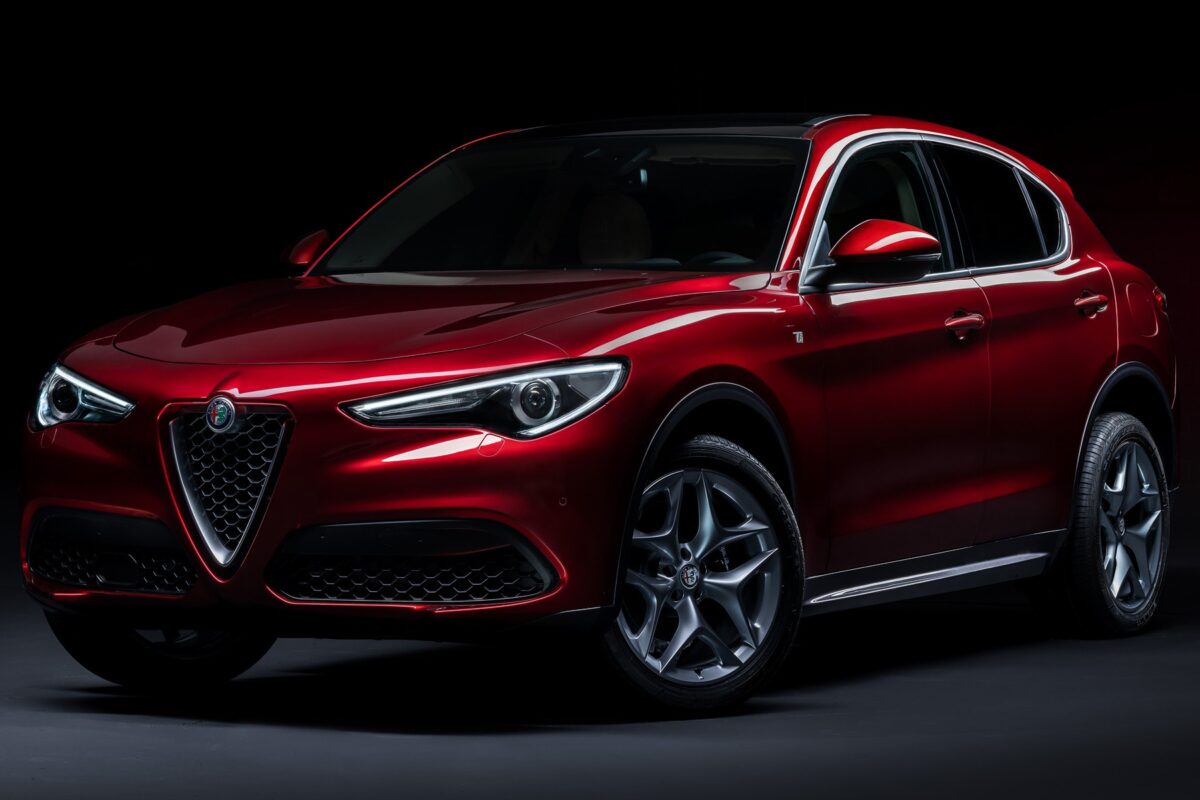Alfa Romeo: Driven by Emotion
Luxury Living
Should Jeremy Clarkson actually like a car that is not a Volkswagen Golf, most readers would express disbelief. After all, the enfant terrible of automotive journalism is notoriously dismissive of most manufacturers’ effort at progress. Don’t get him started on French cars. The Germans, Mr Clarkson often contends, are very good at building battle tanks whilst the Italians; well, the least said, the better.
Thus it was quite the surprise – to deploy the fearsome power of the British understatement – that Mr Clarkson appeared most pleased with the Alfa Romeo Stelvio – the struggling Italian car manufacturer’s first foray into the SUV segment. Mr Clarkson normally dislikes SUVs with a passion – or a vengeance: they are deemed bland, unstable, unwieldy, and slow. The Stelvio, however, ticked all the right boxes, save perhaps for its engine – a 2.2 litre turbodiesel putting out a modest 208 bhp. Mr Clarkson suggested Alfa Romeo engineers shoehorn a slightly beefier power plant into the car. A 500+ bhp petrol engine would surely give the Stelvio some added pizzazz.
Alfa Romeo can use some help. Mr Clarkson’s review must have brought a degree of euphoria to Milan where the luxury carmaker, part of the Fiat Chrysler stable, has been battling declining sales and mounting losses since the early 2000s. It seems, however, that the parent company has now decided to relaunch the brand as part of an upmarket line-up that also includes Maserati.
Nibbling
The recently introduced Alfa Romeo Stelvio is part of a two-pronged attack, aimed primarily though not exclusively, at the North American market. The other vector is propelled by the redesigned Giulia which, according to Alfa’s marketing department is meant to change the way people think about cars – no less – and nibble away at the long dominance of German carmakers in the higher echelons of the market where Mercedes Benz and BMW dominate.
“You haven’t had a whole lot of new players over the last decade or so. What Alfa Romeo and Maserati bring to the table is something new and different. The pie can only be sliced into so many pieces, but they don’t have to expand the market and just have to take sales away from other automakers,” says Michael Harley, executive analyst for Kelley Blue Book, a California-based automotive research company.
Alfa Romeo has been largely absent from the US market since the mid-1990s and until recently only exported a single model to North America, the iconic 4C sportster which sells rather poorly since its introduction in 2014, not least because of reliability issues. The relaunched Giulia is, however, moving in larger quantities and has the makings of a moderate sales success. At the higher end of the scale, the limited-edition Giulia Quadrifoglio, equipped with a 2.9L V6 petrol engine producing – indeed – in excess of 500 bhp, had Mr Clarkson waxing lyrical, concluding that the car can be steered by mere thought alone.
Going head-to-head with the well-established BMW M3, Alfa Romeo Giulia drivers may appreciate the German’s stocky appearance mostly through their rear view mirror – it is that fast and smooth. Calling on the expertise of Ferrari engineers, and instructing them to lop a pair of cylinders off a F154 engine, was a stroke of genius. The result is a car that drives and handles precisely as expected of the mid-sized four-door sedan Ferrari never made.

Alfa Romeo’s marketing department, not normally known as a fount of creativity, this time sprang a brilliant concept: market the Giulia to the golf course set that craves for a distinctive status badge, away from the obligatory Audis, BMWs, and MBs. With its sensuous lines painting a silky-smooth ensemble, the Giulia stands out from the snobbish crowd, making its peers (almost) look like boxcars.
Distant Past
Alfa Romeo has, of course, always been more about design than technology – or durability. The brand suffered a much-deteriorated reputation for churning out rust buckets on wheels – buckets that often failed to reach their destination. That, the carmaker assures all and sundry, belongs to a distant past best not remembered.
The Giulia and Stelvio are the first members of a full line-up expected to be completed by 2020. Fiat Chrysler has committed in excess of $6 billion to design up to eight new Alfa Romeo models and increase worldwide sales to 400,000 by late next year.
The major cash injection is meant to save the brand from the scrap heap. In Europe, Alfa Romeo last year sold barely 70,000 cars, down from a peak of over 210,000 in 2001. Its reputation never recovered from the hit it received in the early 1980s when the company strong-armed Dutch, German, and Swiss importers into accepting a batch of excess cars manufactured at Alfa Romeo’s Brazilian plant.
Around 600 sedans were shipped but proved unsellable in Europe due to their deplorable build quality, most languishing for years on lots, exposed to inclement elements. Most of these lemons were eventually offloaded at scrap metal prices or cannibalised by aficionados for parts to keep their Italian-built Alfa Romeo 1900s classics running.

That sorry low did not do justice to the company that sells ‘engineered emotion’ (la meccanica delle emozioni). Founded in 1910, Alfa Romeo – Anonima Lombarda Fabbrica Automobili – has a long history of technological firsts such as the use of double overhead camshafts in the 4.5 litre straight-four engine of its 1914 Grand Prix race car. Alfa Romeo was the first to use DOHC engines in a road car with the 1928 6C 1500 Sport – a statement of elegance on wheels – which went on to win that year’s Mille Miglia. The company also was one of the first to embrace variable valve timing and already in 1940 fitted an electronic injection system to its engines.
With Alfa’s new cars receiving rave reviews, the company has a unique chance to rescue the brand’s exceptionally rich heritage. Though competition from mainly German carmakers is stiff in the mid-luxury segment the Italian company now targets, it has the advantage of being in a market that is driven more by emotion than specs. And Alfa has always understood emotion better than most.
Sumptuously-styled cars such as the Giulia and Stelvio represent Italian flair – and that may include, as part of the deal, a few buttons coming loose and the odd warning light flashing. In that sense, Alfa Romeo is not unlike that other most endearing of brands, the Land Rover – bits and pieces may fall off , but you just cannot beat it on style and spirit.
Cover photo: The Alfa Romeo Stelvio.
- © 2021 Photo Alfa Romeo Stelvio by Goodfon
- © 2020 Photo F154 engine by Aimho’s Rebellion
- © 1930 Photo Alfa Romeo C6 1500 Sport by James Young


